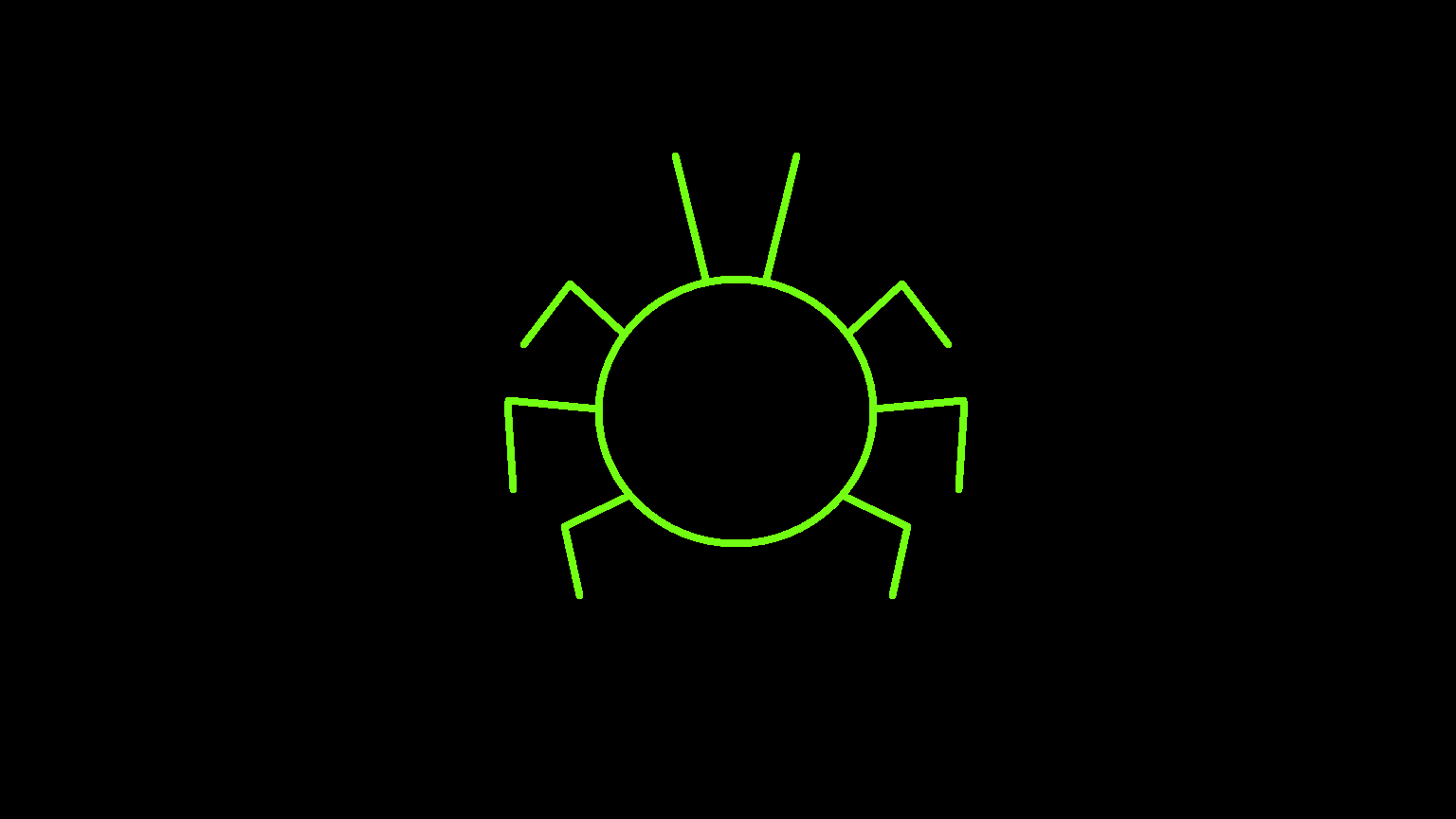
The brown recluse, Loxosceles reclusa, is a recluse spider with necrotic venom. Similar to those of other recluse spiders, their bites sometimes require medical attention. The brown recluse is one of three spiders in North America with medically significant venom, the others being the black widow and the Chilean recluse. The violin pattern is not a definitive identifier, as other spiders can have similar markings (e.g. cellar spiders and pirate spiders). Brown recluse spiders build webs that consist of disorderly threads. They frequently build their webs places that are dry and generally undisturbed. When dwelling in human residences they seem to favor cardboard. Unlike most web weavers, they leave these lairs at night to hunt.

Latrodectus hesperus, the western black widow spider or western widow, is a venomous spider species found in western regions of North America. The female’s body is 14–16 mm (1/2 in) in length and is black, often with an hourglass-shaped red mark on the lower abdomen. This “hourglass” mark can be yellow, and on rare occasions, white. The male of the species is around half this length and generally a tan color with lighter striping on the abdomen. Their bites sometimes require medical attention.

Wolf spiders are members of the family Lycosidae. They are robust and agile hunters with excellent eyesight. They live mostly in solitude, hunt alone, and do not spin webs. Some are opportunistic hunters, pouncing upon prey as they find it or chasing it over short distances; others wait for passing prey in or near the mouth of a burrow. The many genera of wolf spiders range in body size (legs not included) from less than 10 to 35 mm (0.4 to 1.38 in). They have eight eyes arranged in three rows. The bottom row consists of four small eyes, the middle row has two very large eyes, and the top row has two medium-sized eyes.

Parasteatoda tepidariorum, the common house spider. Common house spiders are live in and near human dwellings. Their prey mechanism uses the web to capture their prey which usually consists of household insects and other invertebrates (often considered as pests). Common house spiders are variable in color from tan to nearly black, frequently with patterns of differing shades on their body. Females are generally between 5 and 6 millimetres (0.20 and 0.24 in) long, and males are generally between 3.8 and 4.7 millimetres (0.15 and 0.19 in) long. P. tepidariorum is similar in body shape to widow spiders. Males have a less bulbous abdomen than females. Common house spiders’ size and coloration allow the spiders to blend into the background and escape notice.

The Pholcidae are a family of araneomorph spiders. The family contains over 1,800 individual species of pholcids, including those commonly known as cellar spider, daddy long-legs spider, carpenter spider, daddy long-legger, vibrating spider, gyrating spider, long daddy. Pholcids are thin and delicate arachnids. The body, resembling the shape of a peanut, is approximately 2–10 mm (0.08–0.39 inch) in length, and the legs may be up to 50 mm (1.97 inches) long. Pholcids hang inverted in their messy and irregular-shaped webs. These webs are constructed in dark and damp recesses such as in caves, under rocks and loose bark, and in abandoned mammal burrows. In areas of human habitation pholcids construct webs in undisturbed areas in buildings such as high corners, attics and cellars.

